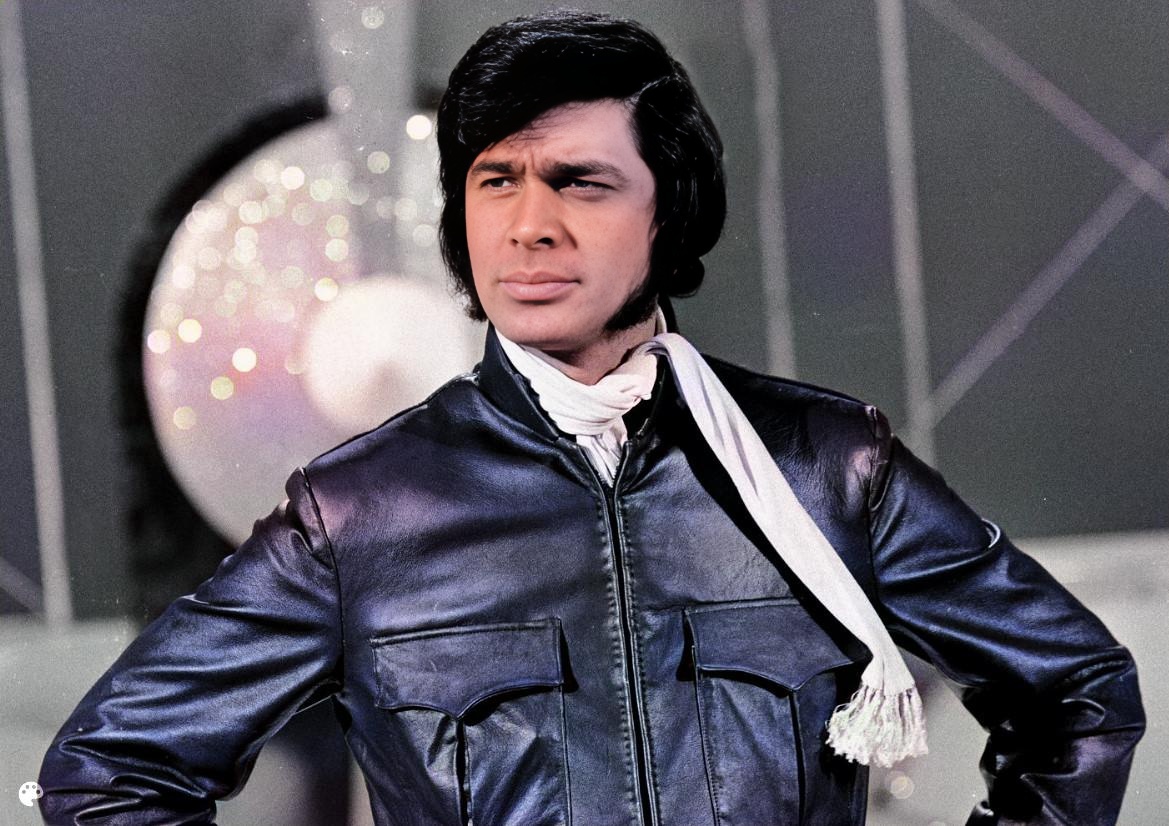
Engelbert Humperdinck’s “The Last Waltz” is a timeless ballad that captured hearts worldwide in 1967. Born Arnold George Dorsey, Humperdinck adopted his distinctive stage name, borrowed from the 19th-century German composer of *Hansel and Gretel*. His rich baritone voice and charismatic stage presence quickly propelled him to international stardom, and “The Last Waltz” became one of his signature songs.
The song, written by Les Reed and Barry Mason, paints a poignant picture of a final, bittersweet dance. The lyrics describe a couple sharing one last waltz before parting ways, knowing their relationship is coming to an end. The melancholic melody and Humperdinck’s emotive delivery perfectly capture the sadness and resignation inherent in the situation. It’s a song about the end of love, the acceptance of loss, and the cherished memory of a final, intimate moment.
“The Last Waltz” was a massive commercial success. It topped the UK Singles Chart for five weeks, becoming one of the biggest-selling singles of the year. It also achieved significant success internationally, reaching high positions in charts across Europe, Australia, and even making an impact on the US Billboard Hot 100.
The audience response to “The Last Waltz” was overwhelmingly positive. It resonated deeply with listeners who had experienced similar feelings of heartbreak and farewell. The song’s emotional depth and Humperdinck’s powerful performance struck a chord, making it a staple on radio stations and at social gatherings. It cemented Humperdinck’s status as a major recording artist and remains a beloved classic, often requested and played to this day, evoking nostalgia and touching the hearts of new generations. It showed a more sentimental face from the artist after having released “Release me”, a faster more upbeat song.